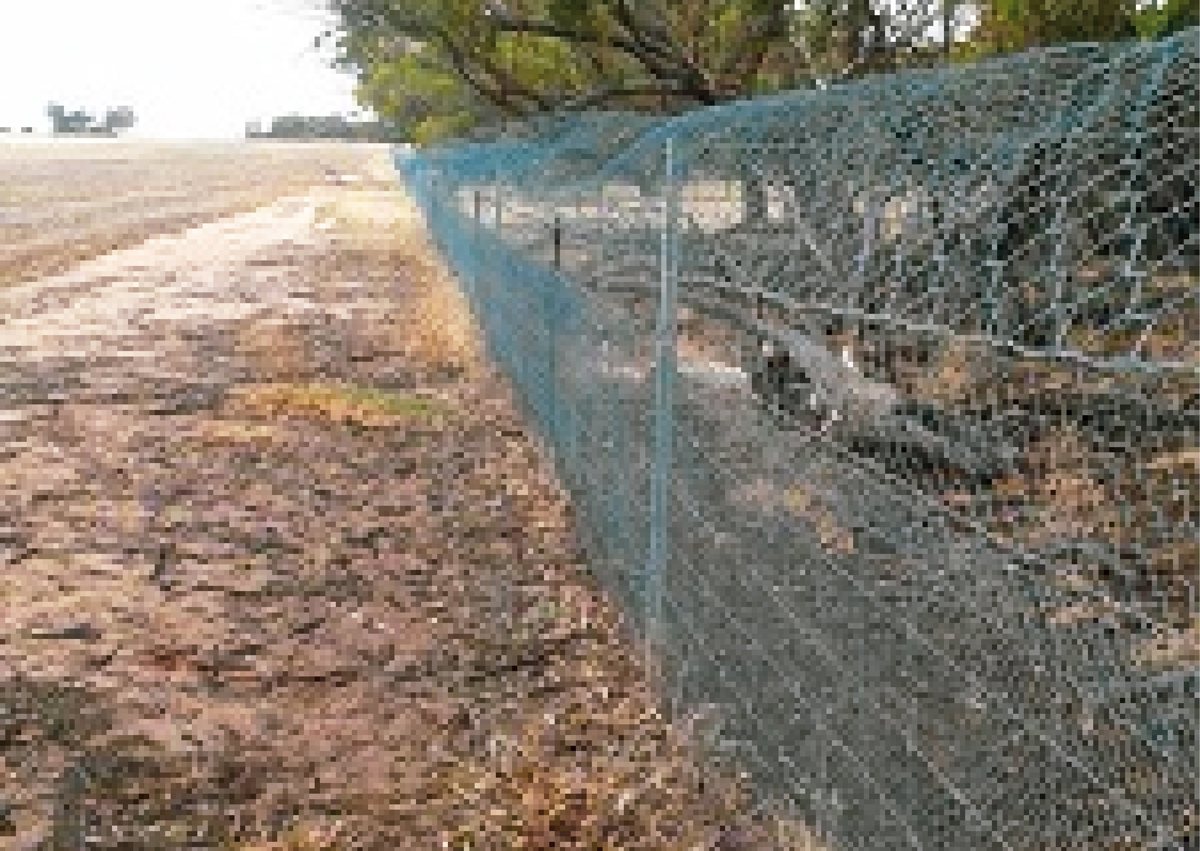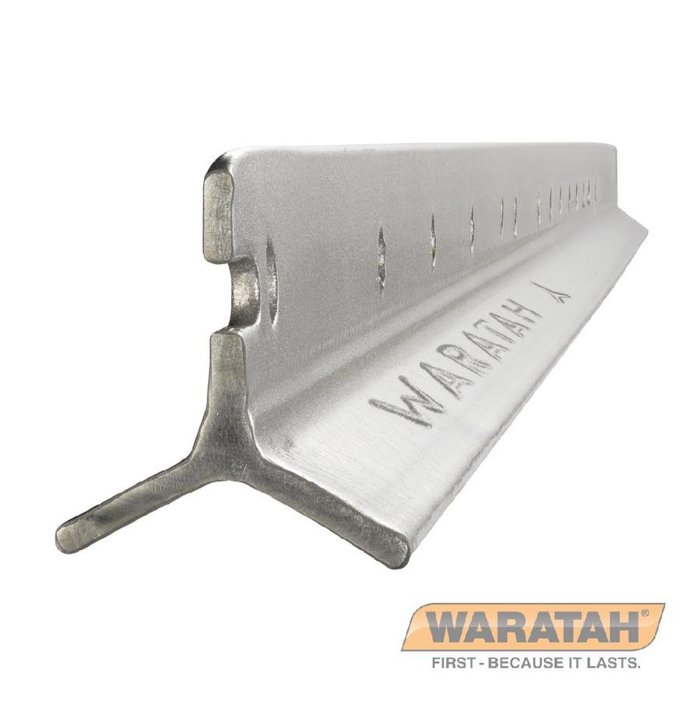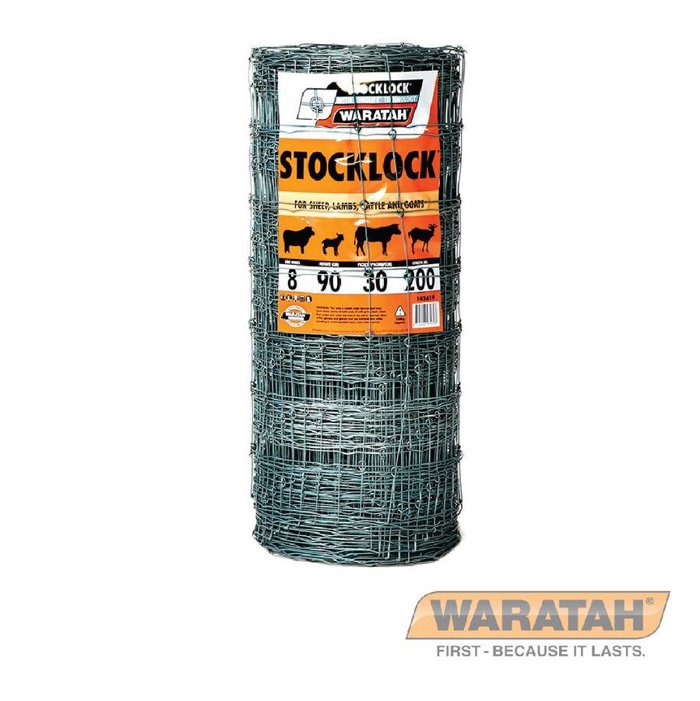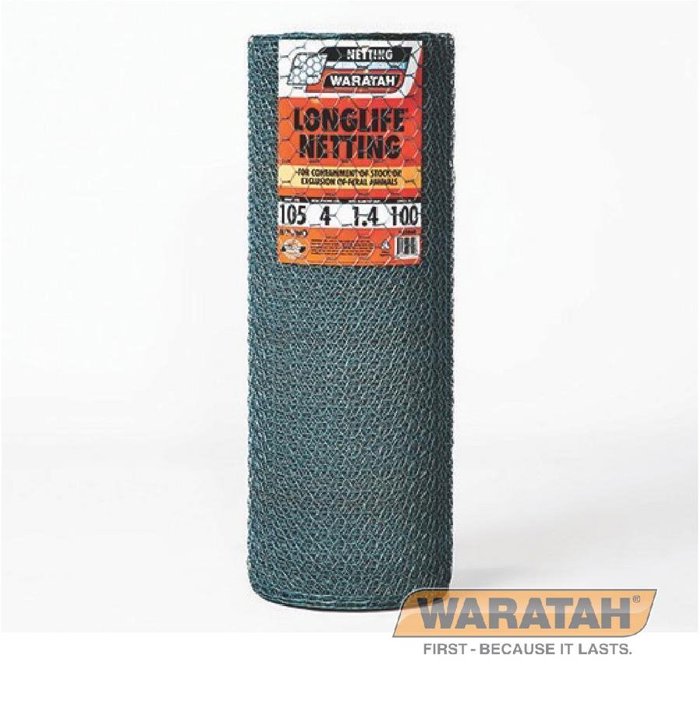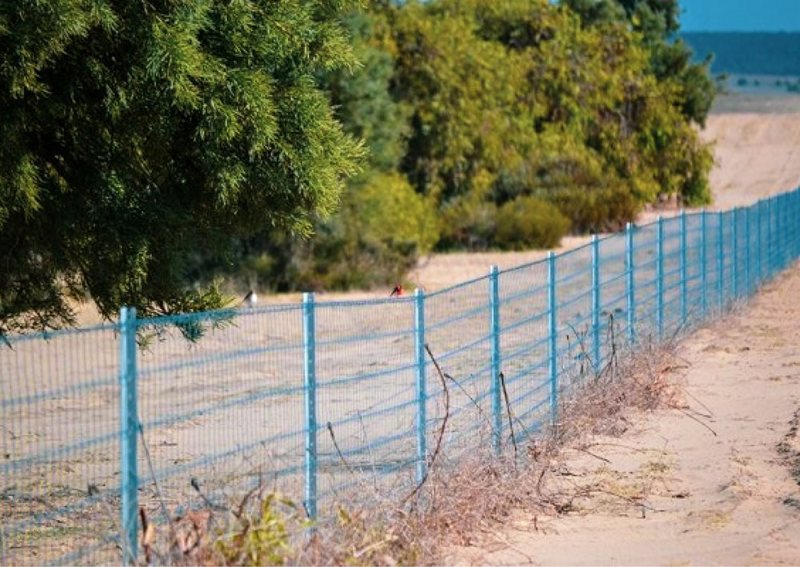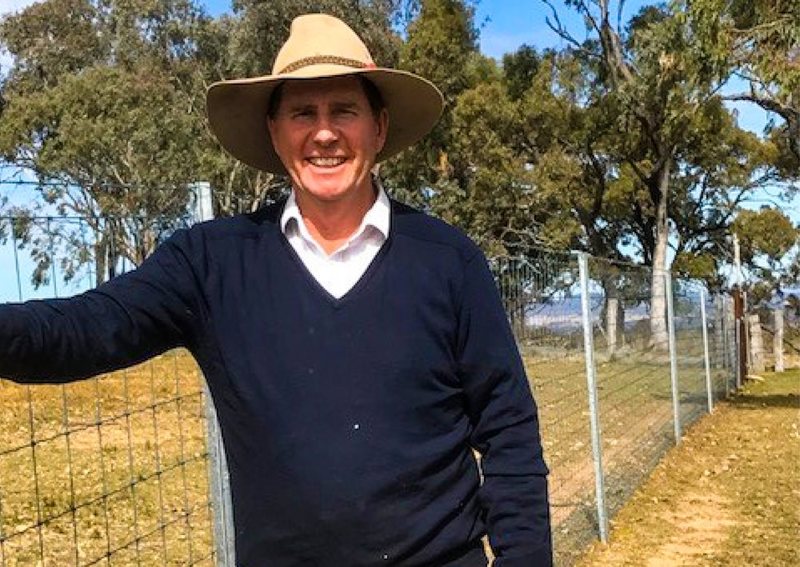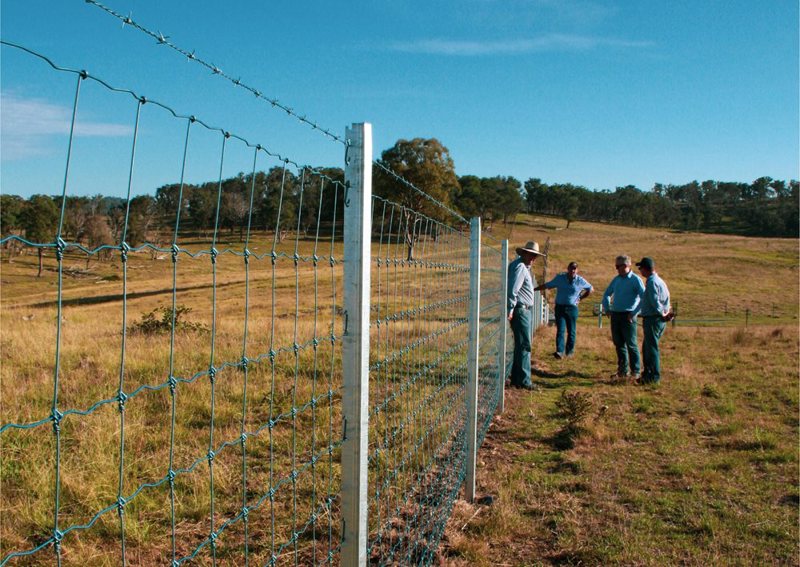Conservation Sanctuary at Eagle Ridge
The Problem
Fauna ecologists Peter and Sarah Smith bought their 186 hectare bush block Eagle Ridge in 2010 with one firm belief in mind - to conserve the remnant Wheatbelt bushland, which once played host to many small mammals including the southern brown bandicoot. These animals have become locally extinct with land clearing for agriculture and the introduction of cats, foxes and rabbits.
The Smith’s work takes them around Western Australia monitoring native animals before, during and after construction of mining or residential developments take place, and in some cases they help to trap and relocate animals from areas where development is planned.
The Smiths had been in talks for some time with conservation groups and the Department of Parks and Wildlife about their plans to convert their property at Greenhills near York in WA into a protected environment for fauna and flora.
This allowed them to relocate 20 southern brown bandicoots (with the Indigenous name of Quenda) from an urban clearing project south of Perth, to a 40 hectare fenced conservation area on their farm. This is only a small part of the proposed fence which will eventually go around the boundary of the entire property.
The Solution
The feral animal exclusion fence is based on a successful design used at the Arid Recovery Centre near Roxby Downs in South Australia.
“The 6.6km fence uses a combination of Waratah GalStar Extreme® posts and 7-90-30 Stocklock® Longlife® prefabricated wire, with a special run of rabbit netting attached along the bottom section,” Sarah said.
“The netting comes with 30mm holes, instead of the traditional 40mm netting which allowed juvenile rabbits through.”
There is also a skirt of second-hand rabbit netting, generously provided by Wheatbelt farmers, on the ground going out from either side of the fence to prevent feral animals from burrowing underneath.
Above the Stocklock there are 3 plain wires, to which the Smiths attached 1.2m high Waratah Longlife netting with 50mm wide holes in a ‘floppy top’ design. This goes outward in an arc so that feral animals trying to scale the fence can’t get over the top, and fall off outside the sanctuary.
“We can see scratching in the fenced-off area and have photographs of the Quenda on motion sensitive cameras which are part of long-term monitoring of the animals, so we know they’re surviving,” Sarah said.
“The area has been cleared of rabbits, foxes and, hopefully in the future, feral cats through an ongoing trapping program together with ripping and fumigating of rabbit warrens.
“We’ve also had a conservation covenant placed on the property, which means that the land can’t be cleared, no road or other infrastructure can go through and it can’t be mined.”
The support of various Conservation groups and Government conservation initiatives has helped to fund about one-third of the fence.
Going forward the Smiths plan to install a further 1-2km of fence line per year to extend the conservation area to encompass their entire property.
